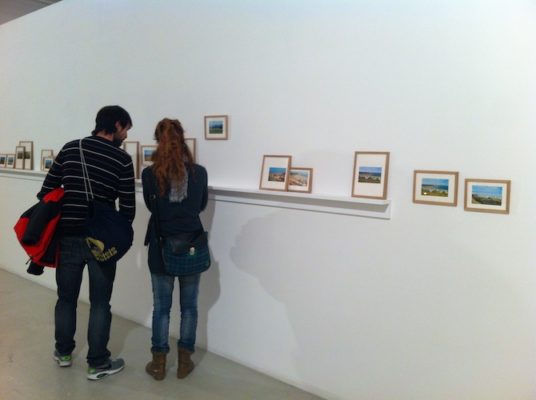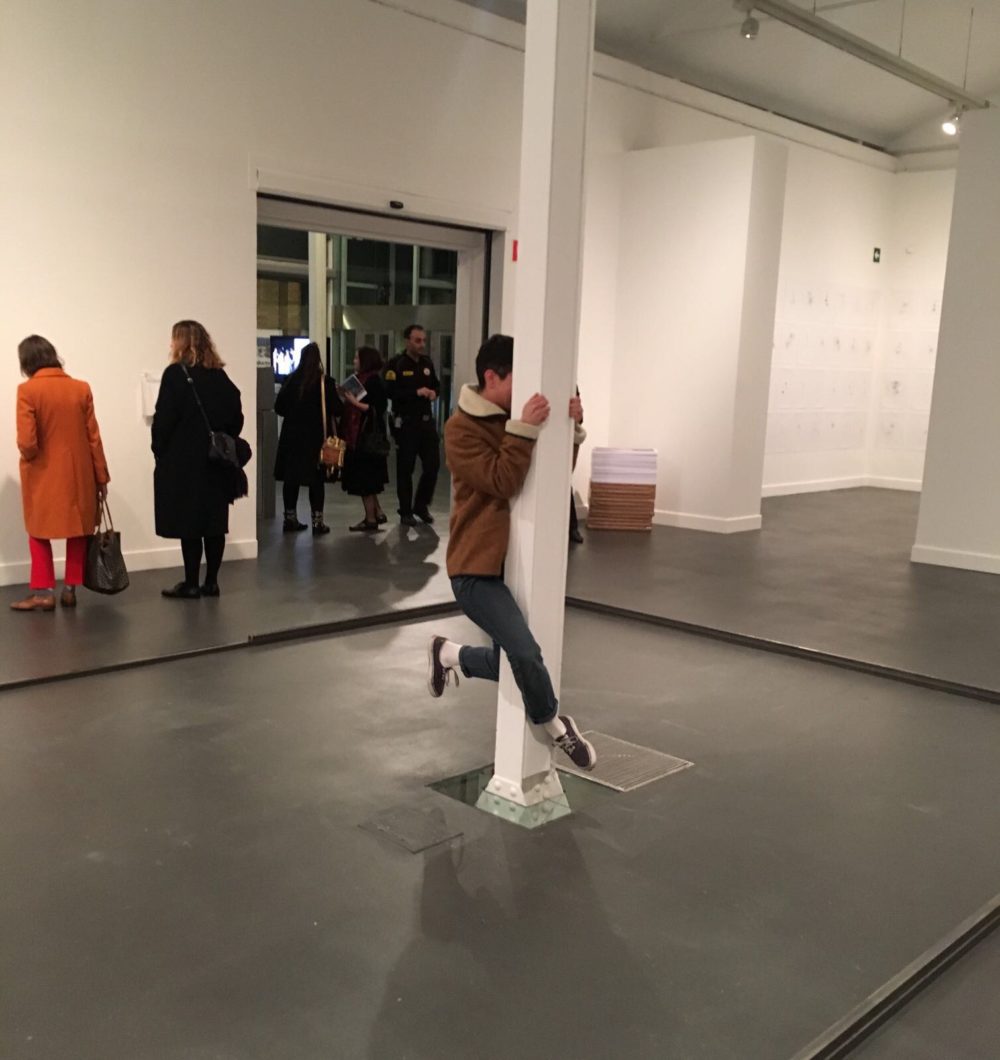Search
To search for an exact match, type the word or phrase you want in quotation marks.
A*DESK has been offering since 2002 contents about criticism and contemporary art. A*DESK has become consolidated thanks to all those who have believed in the project, all those who have followed us, debating, participating and collaborating. Many people have collaborated with A*DESK, and continue to do so. Their efforts, knowledge and belief in the project are what make it grow internationally. At A*DESK we have also generated work for over one hundred professionals in culture, from small collaborations with reviews and classes, to more prolonged and intense collaborations.
At A*DESK we believe in the need for free and universal access to culture and knowledge. We want to carry on being independent, remaining open to more ideas and opinions. If you believe in A*DESK, we need your backing to be able to continue. You can now participate in the project by supporting it. You can choose how much you want to contribute to the project.
You can decide how much you want to bring to the project.

There are many roles that an artist can adopt. At least, potentially. Within a field for action where one of its privileges is to deploy a form of activity and the circumstantial or permanent conquest of a specific position, the artist as a researcher is currently one of the most applauded combinations. Ultimately it could be argued that research is a process inherent in art, evidencing how this contemporary demarcation is just one more demonstration of something that is more than understood. However, the researcher that invokes (or evokes, with this shrewd spontaneity that relates paronyms) art, more than being your average investigator enclosed in the epistemological hierarchy of libraries, is a detective who converts the anecdotal into a case study. The type of detective who explores through the praxis of art also has its own distinctive features. On the one hand, exchanging any objective linearity of the facts for the oblique subjectivity of their own perception of things, on the other, being capable of becoming the omniscient narrator of the story, participating as a secondary protagonist.
Sunila, by the artist Eva Fábregas, suggests this mode of the artist who investigates like a detective and, in parallel, constructs and consolidates a story where the objectivity of the events is mixed up with the apparent spontaneity of the link between some anecdotes, that are by no means anecdotal.
From the found object to fortuitous reasoning; Sunila was the fourth project presented in Cas d’estudi, an exhibition where the process of the artist is combined with the process of constructing the exhibition, a sum of its parts, where the juxtaposed independence of its respective focuses of investigations are consciously diluted in a general text: one that endeavours to reread modernity, where the interest in architecture of all the projects functions as an excuse to reach other places, orphan of this nostalgia for a better past that was never better.
In an exhibition where each one of the works exhibited has an on-site annex, where the artist unveils the methodology of the work as defined by the temporality of the process of investigation: several things can happen: One that the intervention becomes a guided tour of the piece, from an improvised auditorium. Two, as in the case of Eva Fábregas, that the explanation abandons the prosaic specially designed commentary to become an oral story, in which all the monuments and documents of the artistic process fit so will together, that the (welcome) suspicion arises that the presumed objectivity accompanying all investigation has been filtered through the parameters of an incomplete fiction.
Sunila begins in a Finnish market (what would contemporary art do without second hand shops?), where Eva Fábregas finds ’Space Time Architecture de Gideion’. This book mentions Sunila, an industrial colony tied to a cellulose factory designed by Alvar Aalto. The general lack of knowledge surrounding the project of one of the most famous architects provokes, as one might imagine, the remediable curiosity of knowing what its present state might be. The current degradation of Sunila, united to the discovery of various caravans in the zone, as if units of portable habitation, leads into a “brief history about portable architecture” in which Eva Fábregas combines, through subjective links, the privatization of spaces with a collective vocation; the disenchantment of the modern social paradigm; domestic mobility; the standardization of the landscape where the nomadic is understood as a provisional sedentarianism; modern sculpture; the trans-nationality of musical subcultures; the impregnable containerization as a cause and consequence of globalization; the mirage of DIY made in Ikea; the paradoxical translation of manufacturing for craftsmanship, and the precariousness of some voluntarily or involuntarily transportable lives: our own.
To omit a text about Sunila here would be to incur a grave crime: to forget the artistic piece. And, despite admiring the arrangement of elements within a story, it is thanks to the perspicacious logic of its author, that Sunila is (also and above all) an art piece in a room. One that is made up of a filmic projection, where two types of architecture are compared: the sedentary and the portable –both a demonstration of the perishable – from a purely visual aesthetic; a compilation of postcards with similar landscapes featuring caravan camps and two pictures made with caravan upholstery. However, the force of the story, for those who know it, makes it impossible to see it as the culmination of a process of investigation. As if it is true that an image is worth a thousand words, it is solely due to the strength of the story that it contains.

artwriter_curator_esnorquelmaker_chocolateresearcher_technodancer__bikeenthusiast_coffeeaddicted_
"A desk is a dangerous place from which to watch the world" (John Le Carré)